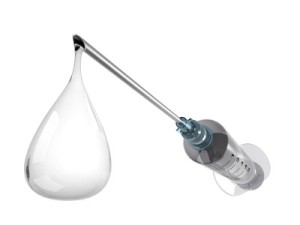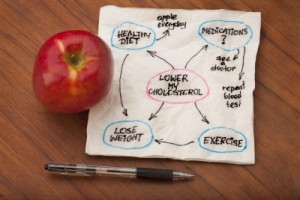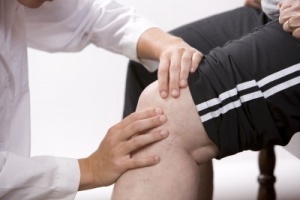Although human beings can’t hear the sound waves emitted by ultrasound machines the process has revolutionized the practice of medicine since it was first developed for use on cattle and horses many decades ago.
Ultrasound is now used in many fields, typically to allow the medical world to “see inside” a body and locate a problem. However the sound waves can penetrate solid objects such as plastic as part of the welding process used in many products…
Ultrasound has been used by radiologists and sonographers to image the human body for at least 50 years and has become one of the most widely used diagnostic tools in modern medicine. Today a pregnant woman and her physician have the opportunity to use ultrasound to see the child in-utero, which is nearly always an exciting experience. Routinely pregnant women will often have an ultrasound before their twenty-fourth. One of the reasons physicians encourage an early ultrasound is because if they detect an abnormality that can prove fatal to either the baby or the mother, or both, the pregnancy can be terminated if necessary to save the mother’s life.
However, ultrasounds can also show physicians of any specialty where a problem might lie and it gives the doctor the ability to focus directly on the problem. Ultrasounds, otherwise known as medical ultrasonography, can be used to visualize muscles, tendons as well as internal organs.
One of the biggest advantages to the technology is that, comparatively speaking, it is fairly inexpensive and portable, particularly compared to much heavier and equipment such as MRI machines. Portable ultrasound machines have had a big impact on the ability of the medical world to diagnose a condition because they can be taken just about anywhere to help serve their patient’s needs.
When ultrasound machines first hit the market it revolutionized medicine in some ways and ultrasounds have become quite common not only for pregnancies but for diagnosing many different conditions. As used by skilled technicians today’s ultrasound procedures are quite safe when done properly, particularly when compared with some other procedures that have the capacity to cause cancer. Although the procedure is considered safe it should not be repeated too often because there are scientific studies that show it may have harmful side effects if done too frequently.
Ultrasound pulses can be used to break up kidney and gall stones. Procedures of this sort are referred to as “focused ultrasound surgery” because they focus on a particular problem. The devices can also be used for teeth cleaning in dental offices, for use in treating cancer, Liposuction and removing varicose veins.
Ultrasonic cleaners can sparkle your jewelry, clean lenses as well as surgical and dental equipment.
Ultrasounds are used extensively at Mountains Community Hospital and make a big difference in patient’s lives everyday.









